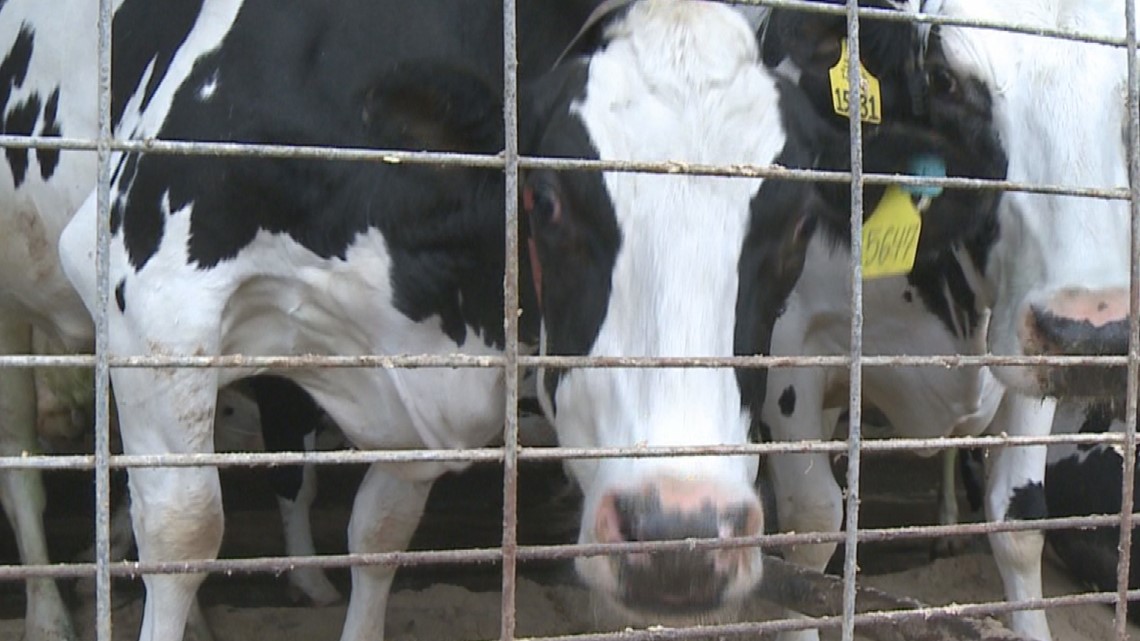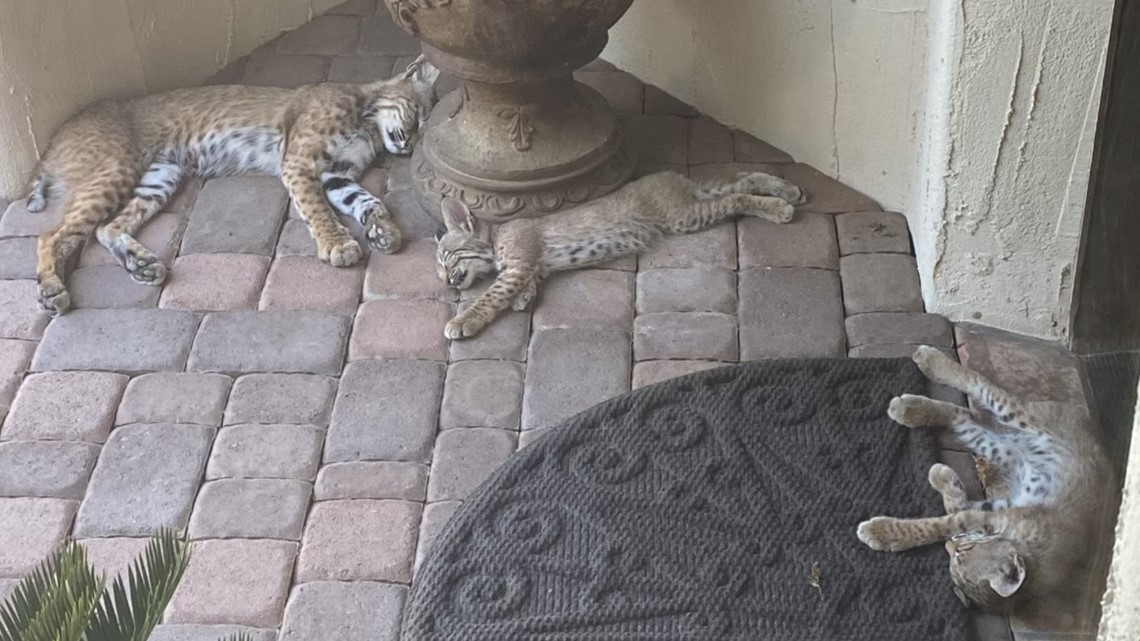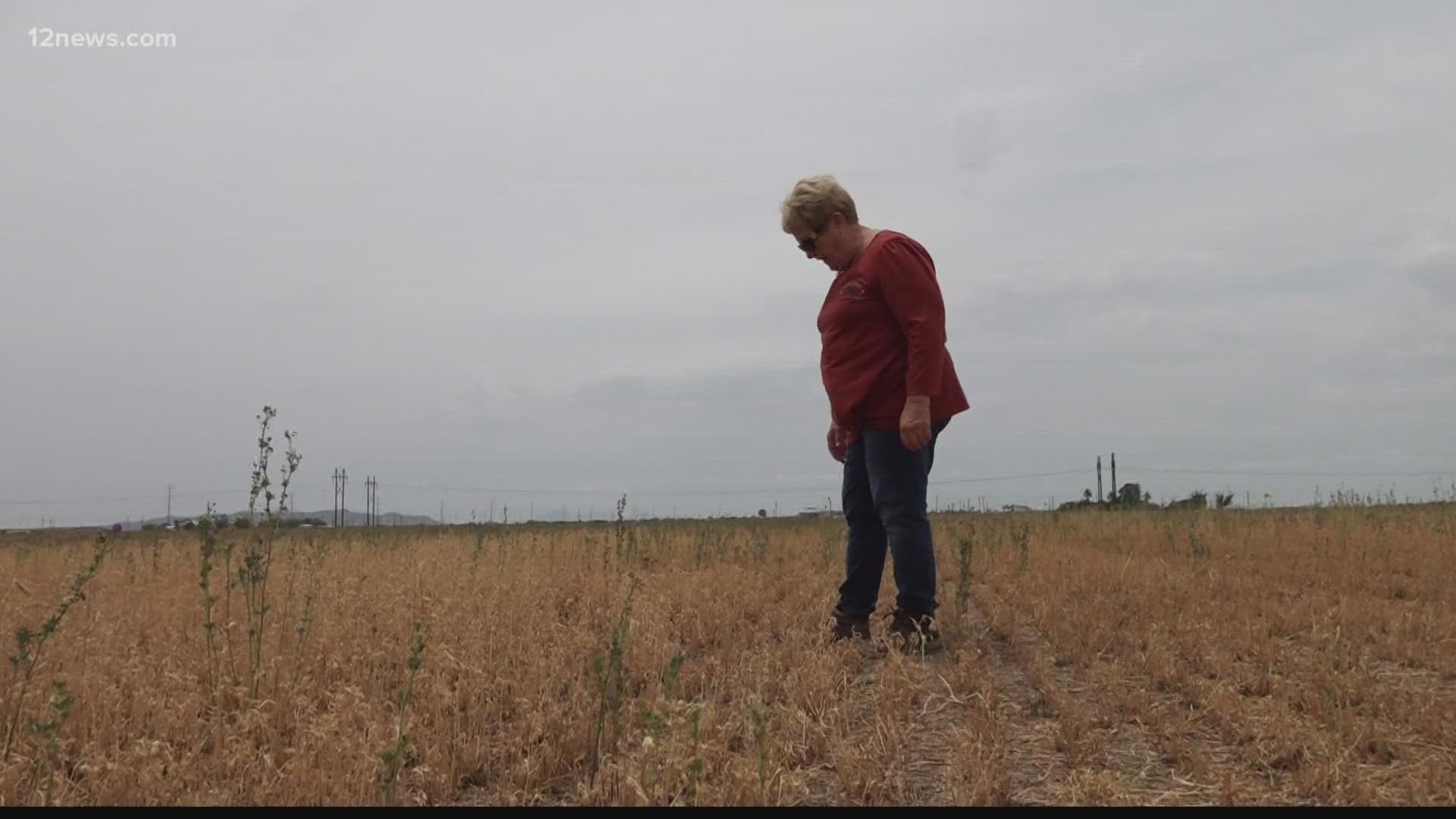ARIZONA, USA — Editor's note: The above video aired during a previous broadcast.
The nation's hospitals are overwhelmed, ration healthcare and are feeling the pain of staffing shortages due to poor prevention methods put into place at the beginning of the COVID-19 pandemic.
The ongoing megadrought and issues caused by the changing climate may worsen those issues in Arizona if no new prevention methods are taken by lawmakers and communities, according to health experts in the state.
The Medical Society Consortium on Climate & Health, which include health professionals in Arizona, uses the acronym "H.E.A.T.W.A.V.E" to describe the numerous health issues drought and climate change will cause, including:
- Heat illness
- Exacerbate heart and lung conditions
- Asthma
- Traumatic injury
- Water and foodborne illnesses
- Allergies
- Vector-borne disease
- Emotional stress
Chronic and infectious diseases thrive in the types of conditions that the megadrought causes. The dropping quality in water, air and food will also have impacts on the health of Arizonans.
Residents of low-income areas are expected to be hit the hardest and the earliest.
Here's what experts from the medical society say are the biggest health risks for the Grand Canyon State:
Infectious diseases to spread easier
The worsening drought will change how livestock, insects and wild animals will operate, according to Valley emergency physician Dr. Brian Drummond.
Cows, pigs and chickens that are forced into confined spaces at feedlots are at a greater risk of spreading diseases to each other. Those diseases can ultimately infect the people who eat them as food in the form of E. coli or Salmonella.


"During drought, all those chemicals, diseases and poop in feedlots is building up," Drummond said. "The animals are living in those conditions. If the animals are in this continuous exposure, they're going to be in a more diseased state and their meat will be less healthy."
He called the cycle the "nature of the beast," to note that farmers aren't trying to put animals in a diseased state. It's when livestock is crammed into a small area and decreases the living environment due to heat and lack of water that causes diseases to increase spreading.
The living patterns of wild animals and insects will also change as the drought worsens. Neighborhoods around the Valley have already reported numerous incidents of everything from coyotes, javelina and bobcats moving into yards in search of water.
"Mary down the street has a nice pool and that looks like a great pond to animals," Drummond said. "Now, you're bringing in animals that have their own diseases into human contact."


Worsening, developing of chronic disease cases
Dust, pollen and dry soil can easily be whipped up into the air if not weighed down by usual moisture levels. That's why times of drought are especially difficult for people with chronic diseases, or diseases that persist for a long time and/or constantly reoccurs.
People who have asthma, COPD or reactive airway disease can see their symptoms worsen as the climate worsens.
"We're in a desert so we're used to the cycling droughts, but mixed with climate change, the desert doesn't have the resiliency it used to have," Drummond said. "Now you're getting pollen and dust, forest fires, and heat which combine and put more particles into the air for people to breathe in on a daily basis."
The irritation caused by air pollution is expected to worsen, especially for vulnerable populations.
"Ozone is one of the things that are harmful to our lungs and cardiovascular system, and rising temperatures cause ozone to be made much faster," public health nurse Ronda Seifert said. "We see an increase in stillbirths, preterm births and low birth weight in at-risk pregnant women that are associated with that air pollution."
The CDC agrees with Drummond and Seifert. The center has a full list of the ways droughts affect the health of people with chronic disease, including how a contaminated water supply can also threaten immunocompromised people.
The megadrought will also increase the chance of people developing new chronic diseases.
Repeated exposure to harmful particles is how some chronic diseases develop, such as silicosis in coal miners or chronic conjunctivitis in soldiers.
"We see this a lot in big cities," Drummond said. "There's tons of dander and soot that just doesn't clear out. [Big city] kids and adults are at higher risk and show more signs of asthma and adult asthma."


Scorched Earth
12 News, along with sister stations across Western states, set out to understand the dire conditions Arizona and other states face as drought and wildfire continue to rage.

